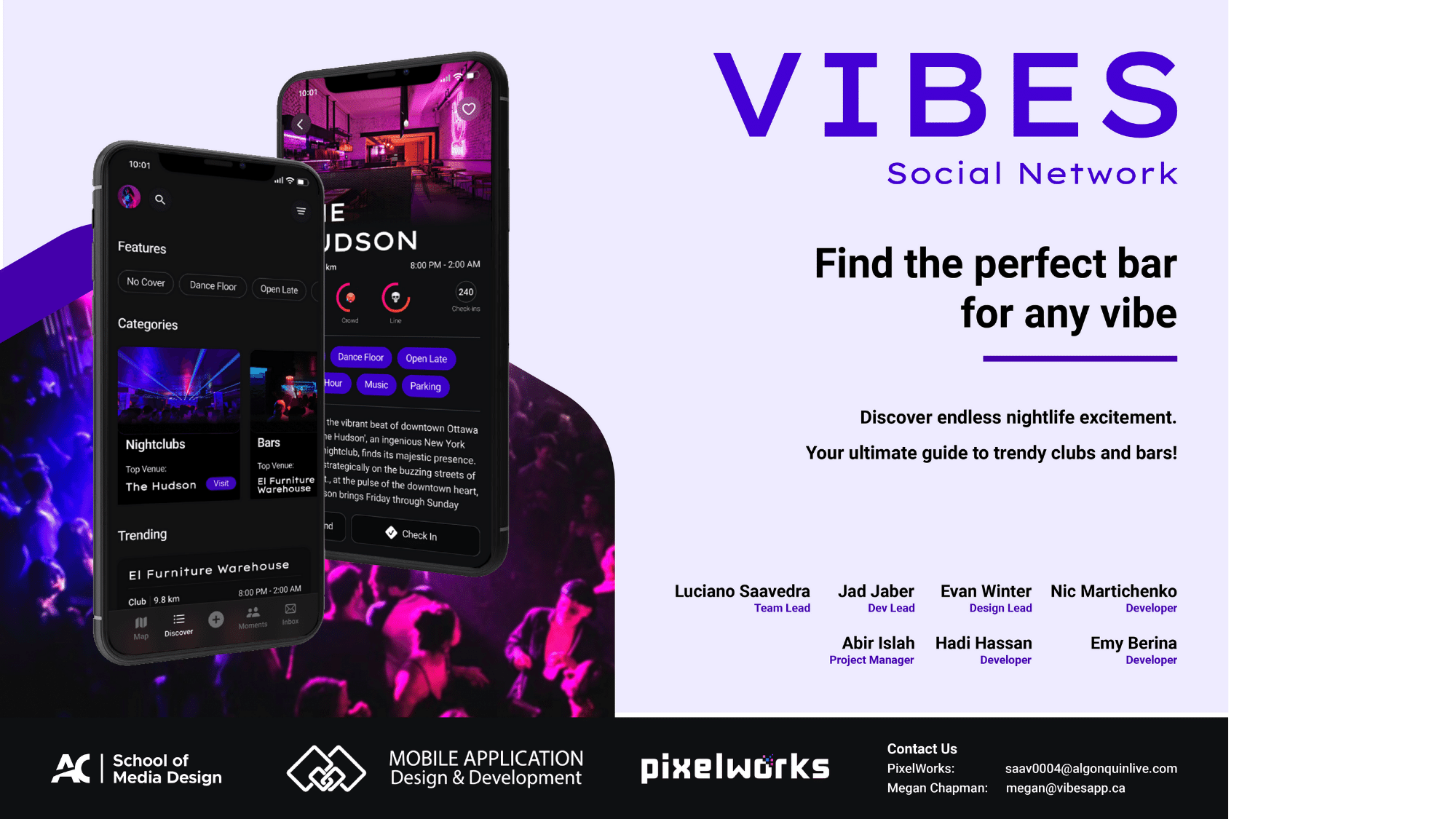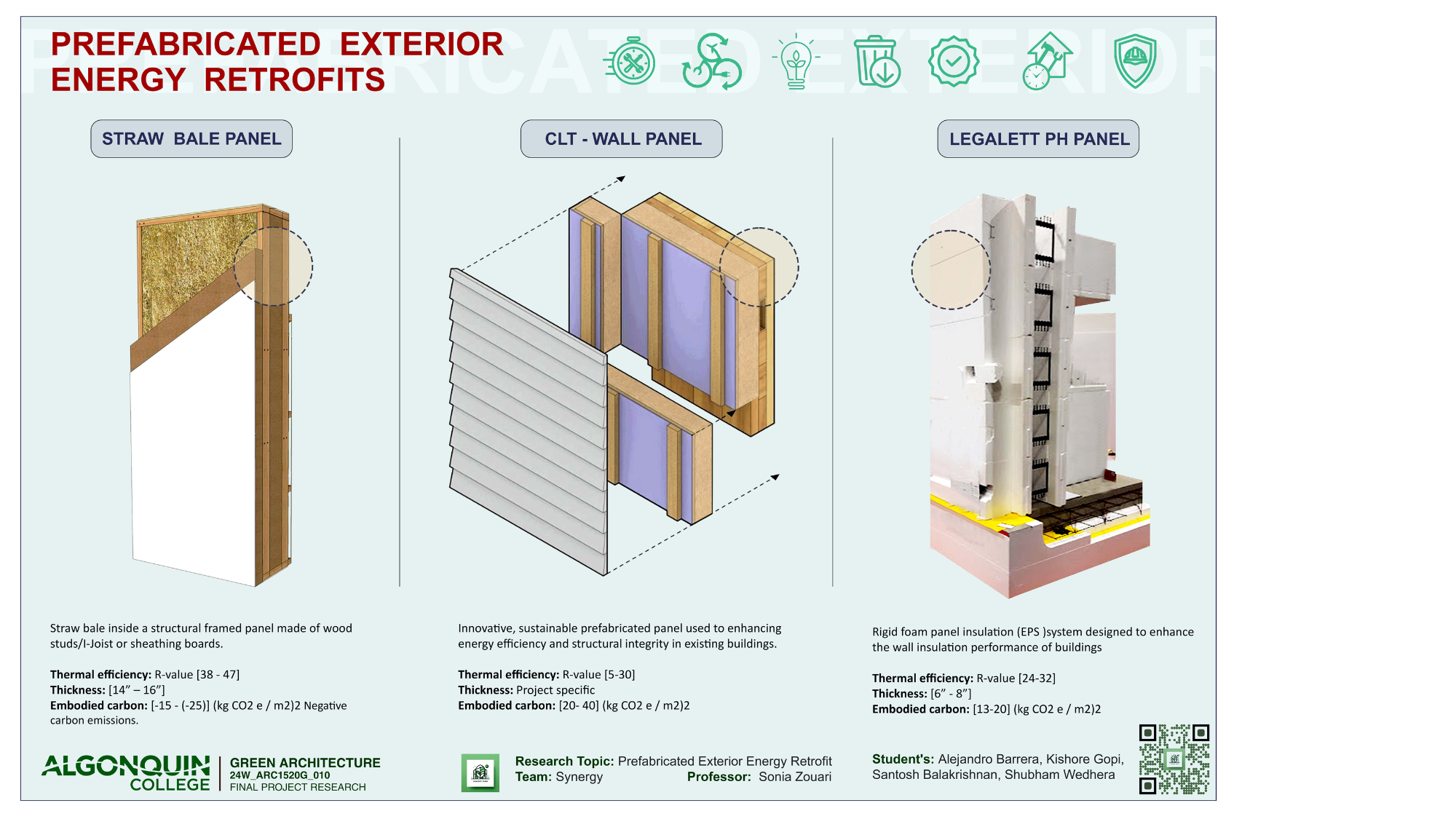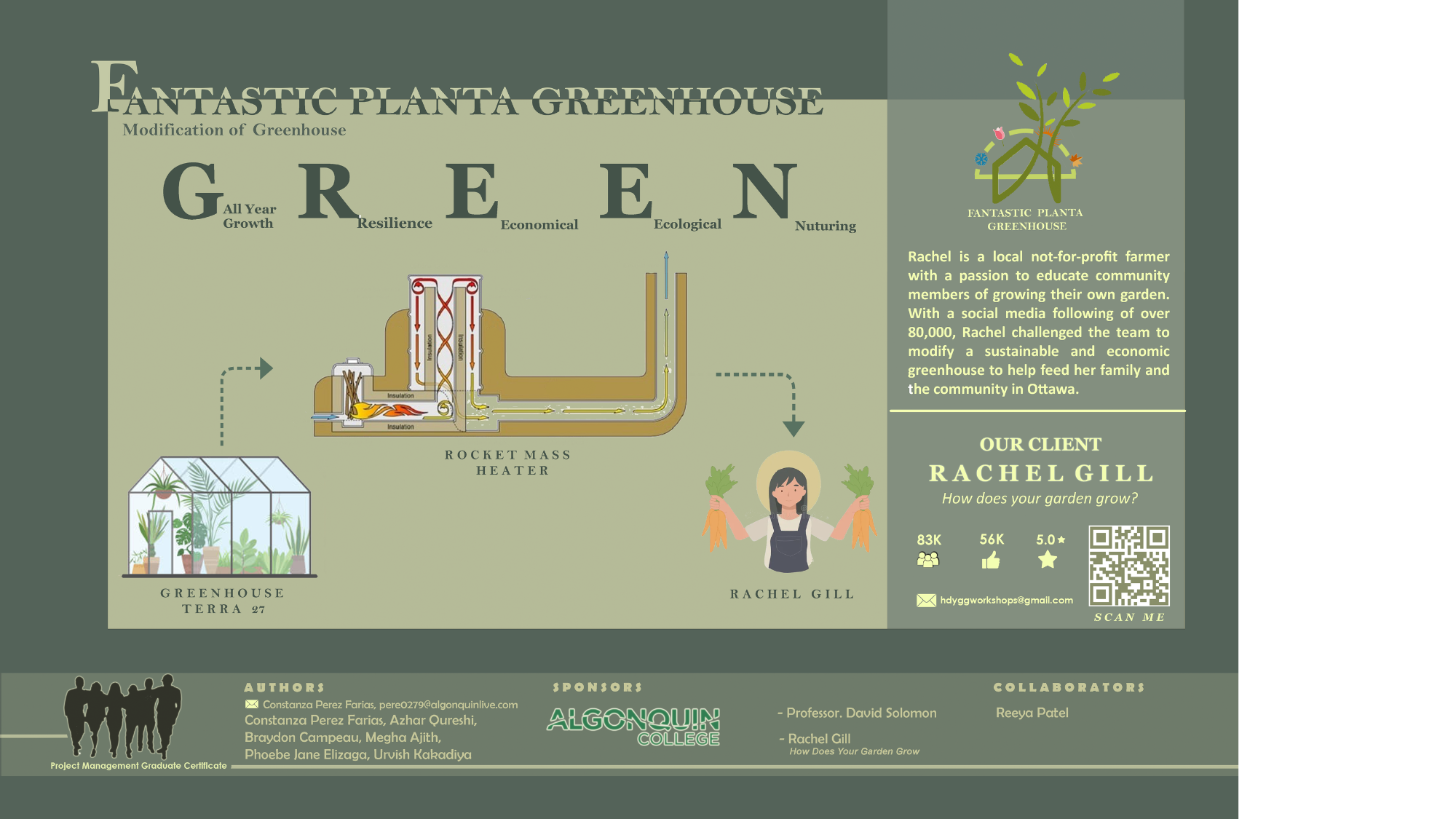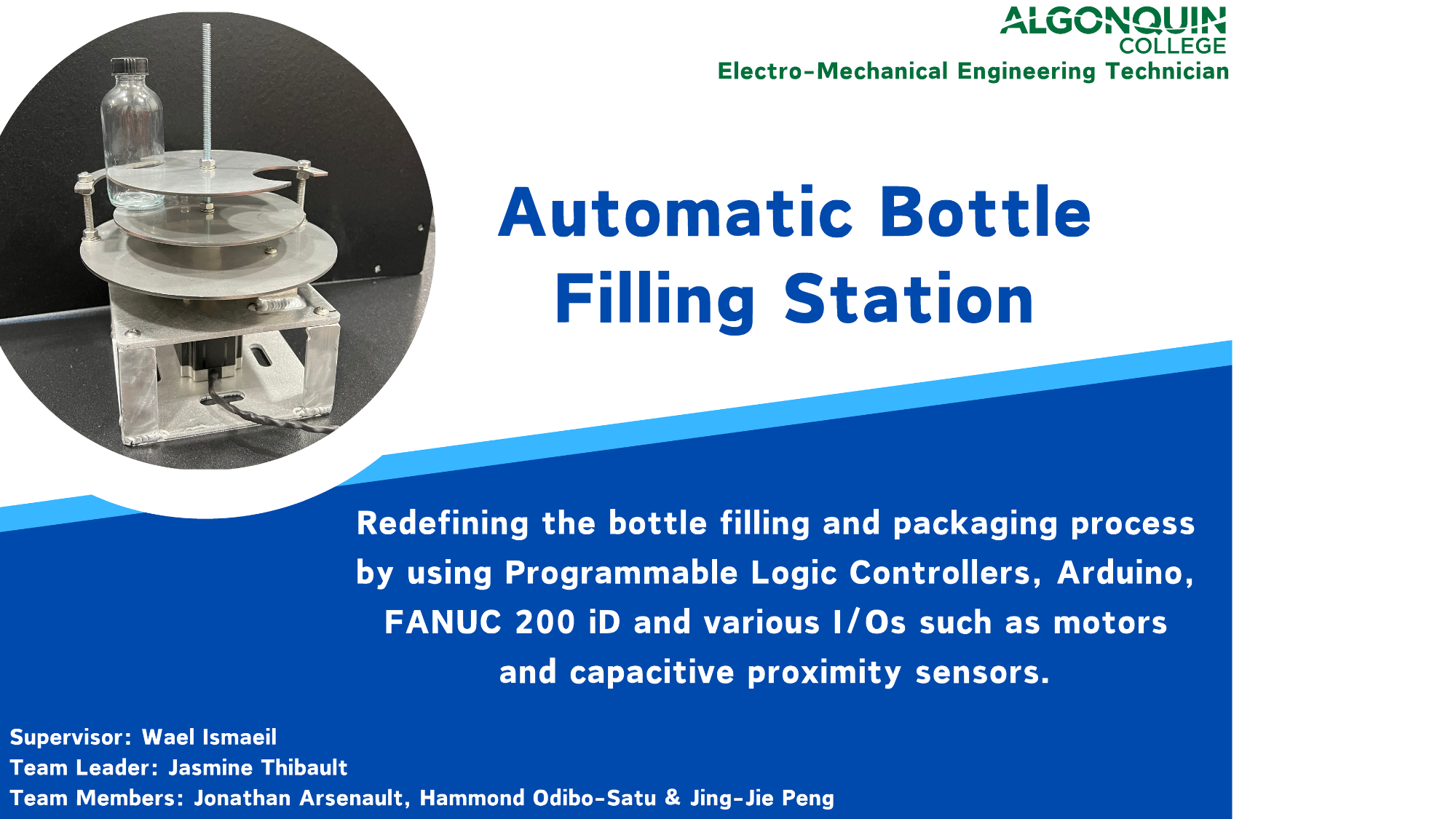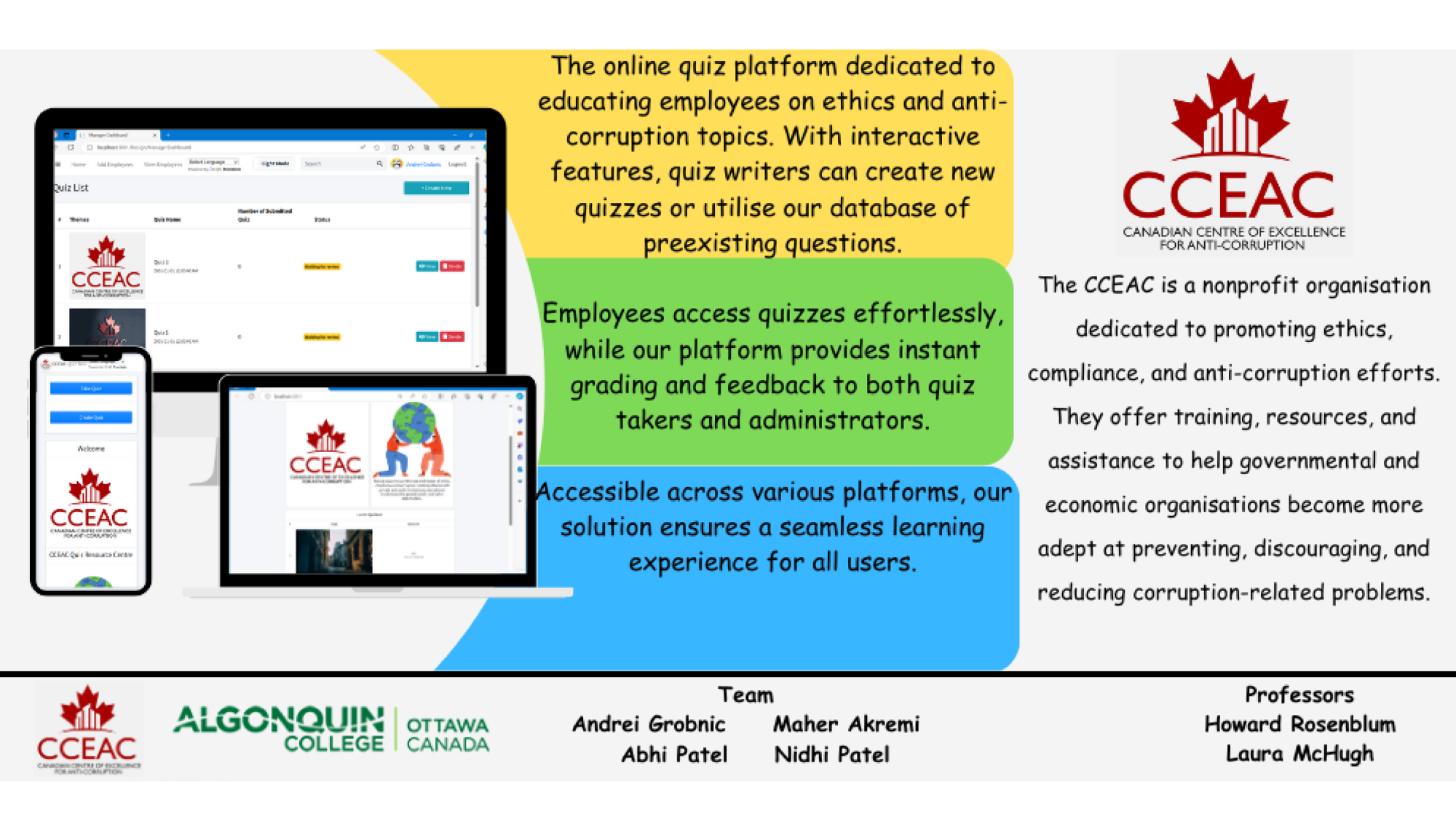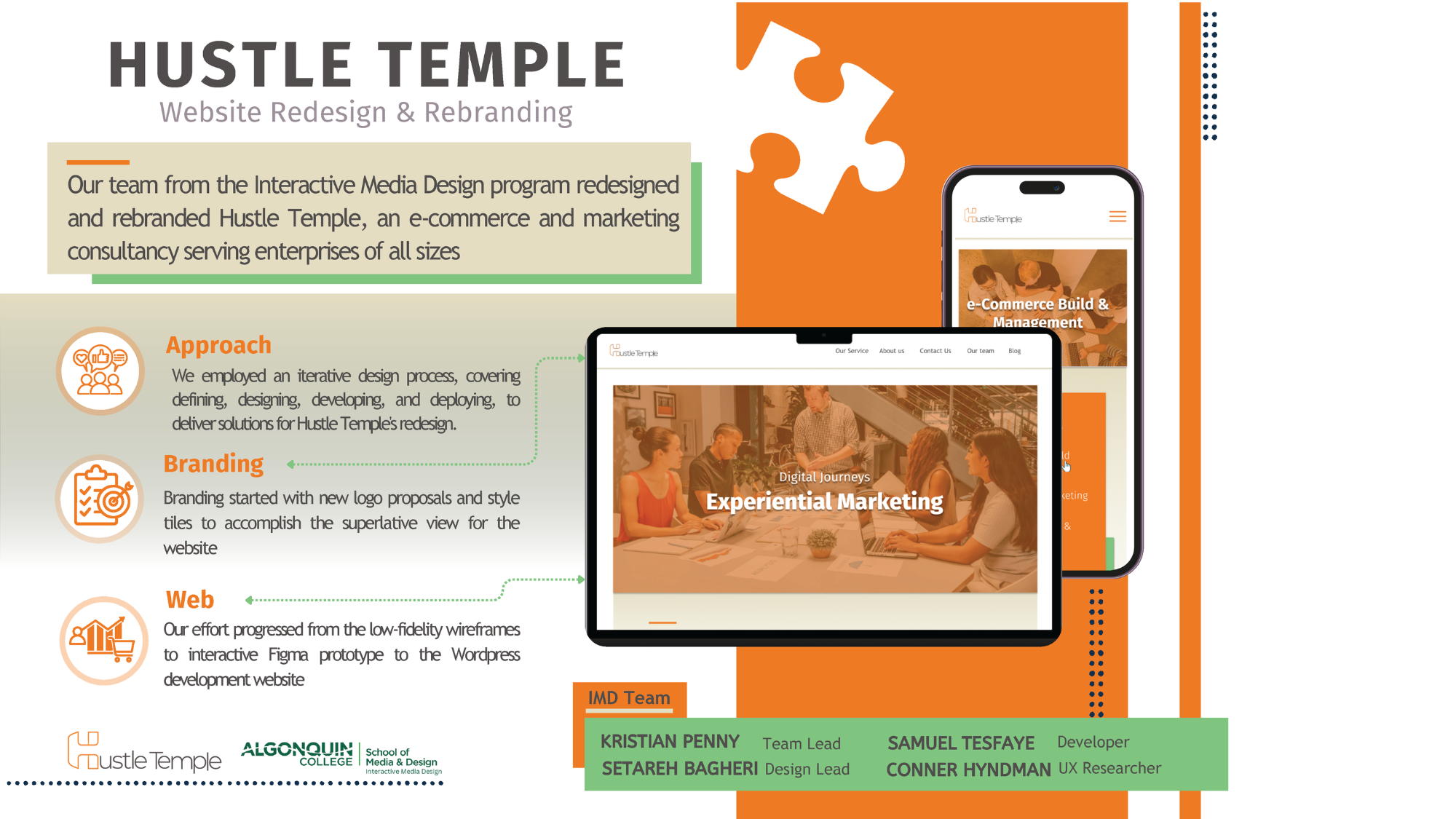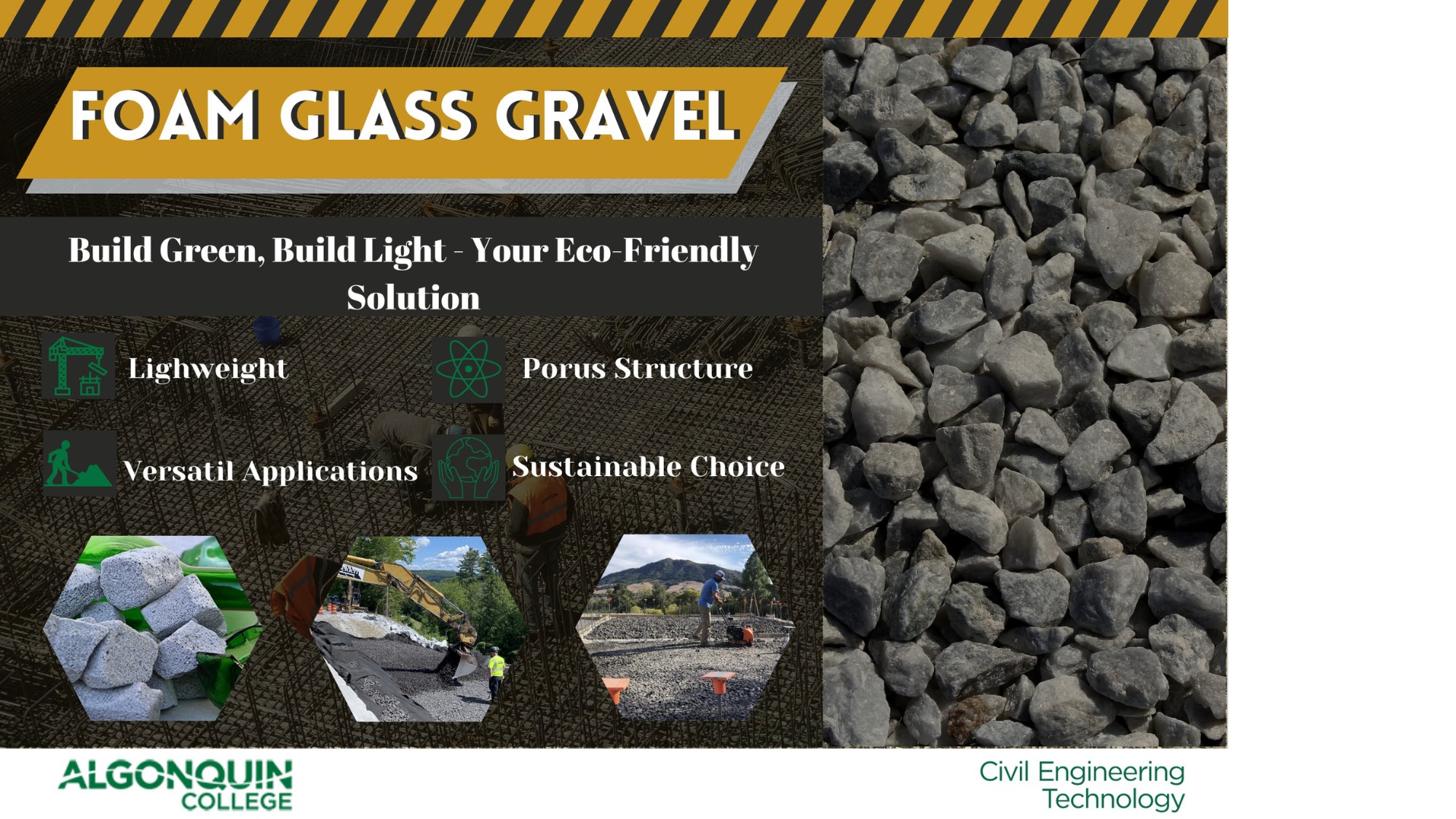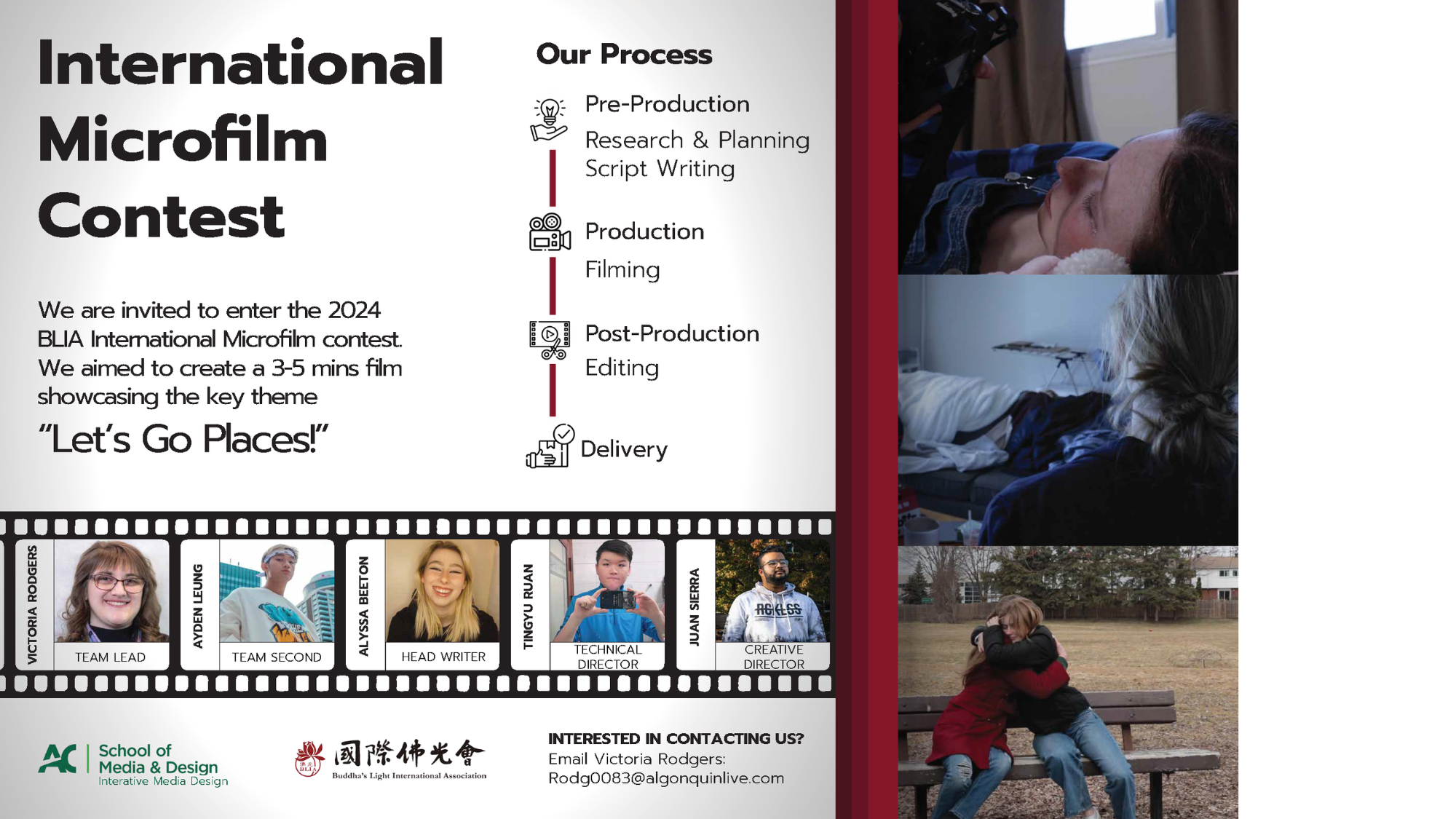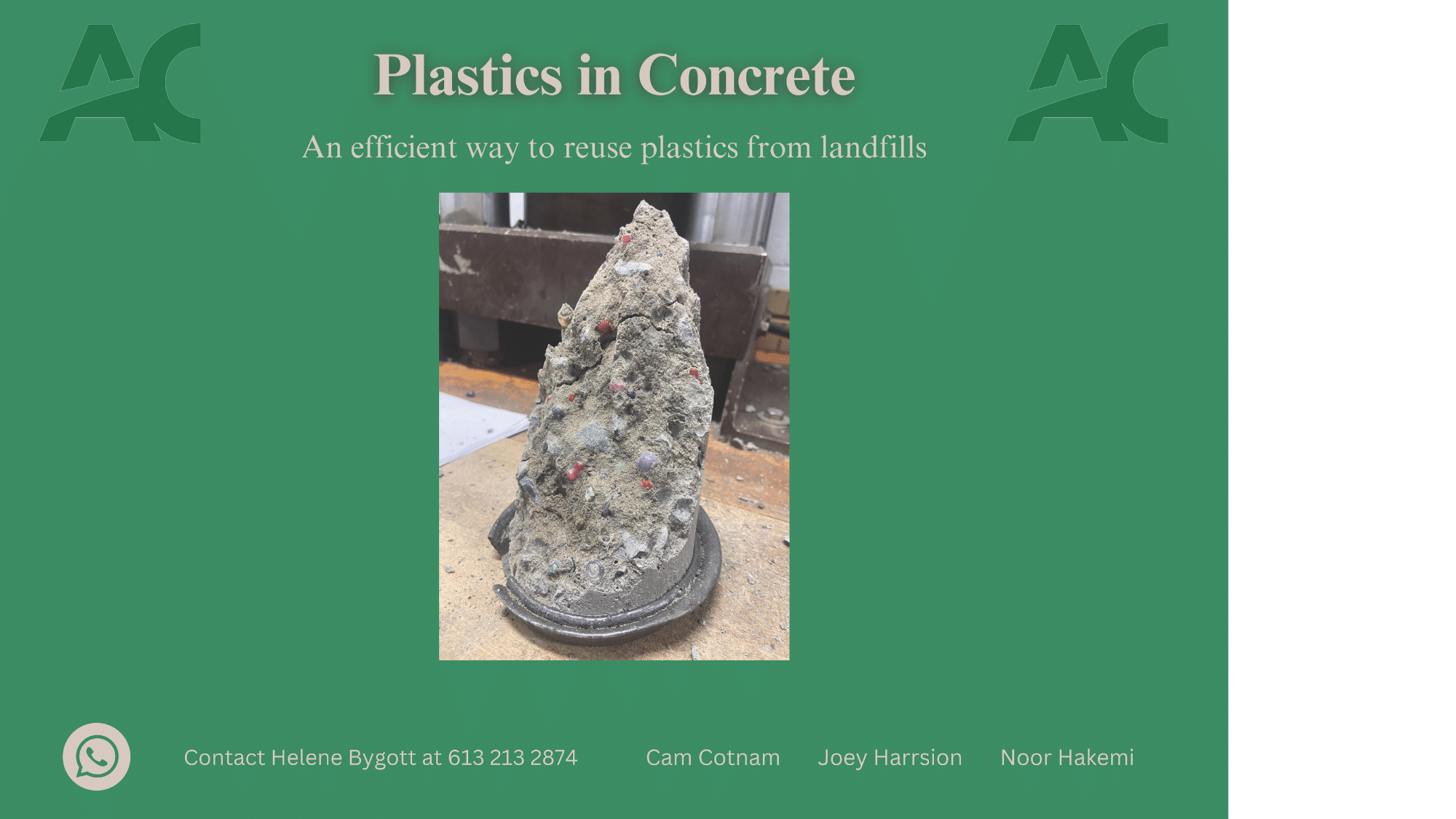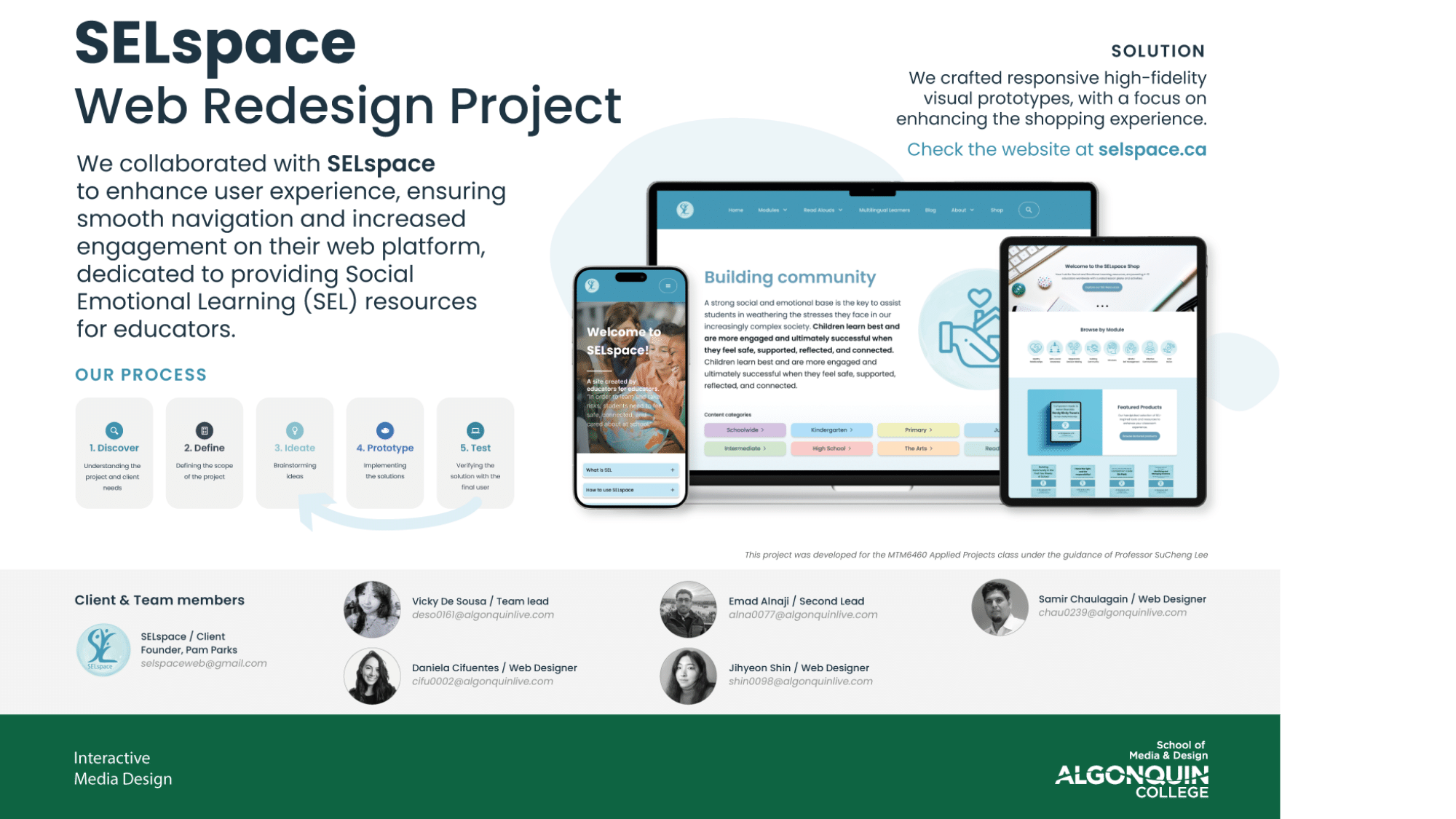
Project Summary:
SELspace, managed by Pam Parks, is an online platform catering to educators focusing on Social and Emotional Learning (SEL). It offers resources like lesson ideas and sells teaching units through its website and online store.
| Client | Pam Parks, SELspace | |
| Professor(s) | SuCheng Lee, | |
| Program | Interactive Media Design | |
| Student Team Members | Vicky De Sousa, Jihyeon Shin, Daniela Cifuentes, Samir Chaulagain, Emad Alnaji |
Project Description:
Recognizing the need for education that addresses students’ social and emotional needs, Pam Parks emerged with the business SELspace. It is a website created for educators on the topic of Social and Emotional (SEL) Learning. Their website serves as a collection of various free online resources pertaining to the SEL principles while their shop sells teaching units, activity templates, book companion guides, and additional resources.
Lacking the team to address their growing follower base and the need for a more sophisticated rebrand of their digital presence, we embarked on a collaborative journey with SELspace. Seeking to redesign the website and shop layout and boost SEO and social media engagement, our team researched and consulted with our client. Our objective was to align with SELspace’s vision of cultivating a more accessible and user-centric shopping environment, emphasizing learning over mere transactions.
Using UX design, we brainstormed ideas, prototyped, and verified our ideas with representing target users. Keeping in mind our user base comprised of mostly educators, we created a revamped website featuring enhanced user flow, improved navigation, and easily readable text. Additionally, we redesigned the shop to facilitate effortless access to educational resources and promotes a seamless shopping experience tailored to the needs of educators. We also developed branding materials to be used for SELspace’s social media platforms as well as content templates to streamline content planning.
We are extremely grateful to our client Pam for this opportunity and allowing us to contribute to her mission of providing accessible and meaningful learning resources to educators. We also thank SuCheng Lee, our professor and project supervisor, for her expertise and guidance throughout this experience.
